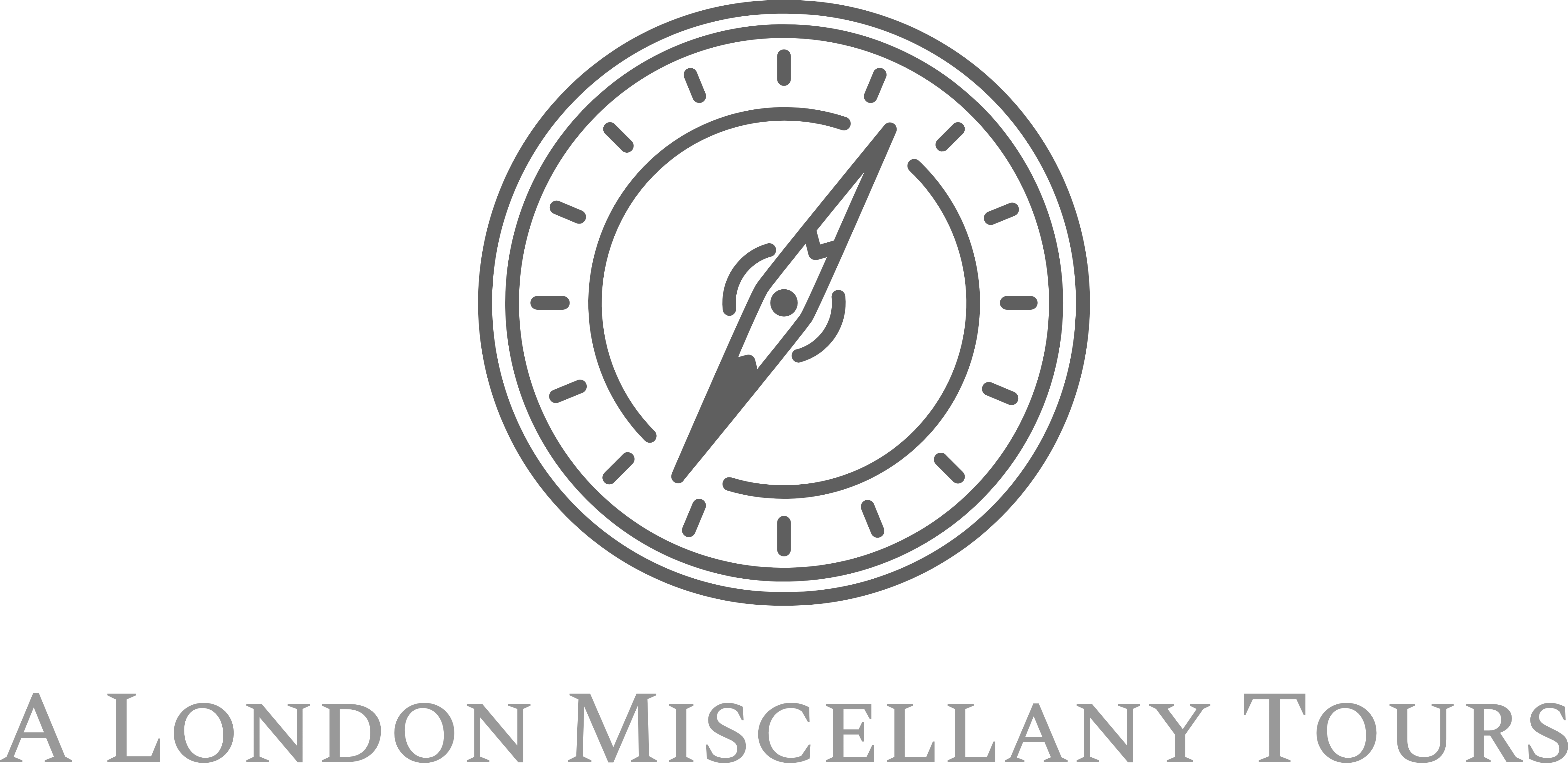Where would you find the only Neon light in the City of London? London nerds will already have tutted and muttered under their breath “Easy”.
The answer is a small shop on the junction of Moorgate and London Wall. Today it is a wine bar, but its beautiful Art Deco facade harks back to a time when a city gent would never be without the piece of equipment it sold.

This shining example of 1930s chic was none other that Fox’s umbrella shop. Fox Umbrellas Ltd was founded in 1868 and has been “producing the worlds finest umbrellas for over 150 years“. There is a quirky twist to this story. Apparently to make the world’s finest umbrellas you will need the most advanced umbrella mechanism, consisting of the finest drawn steel wire. This process of drawn steel wire was perfected by S Fox & Co.

The founder of the company was Samuel Fox, born in 1815 and was one of nine Fox children. He was apprenticed aged 16 to Samuel Cocker a steel wire manufacturer based in Sheffield and by the time he was thirty he had established his own works and by 1880 had become the leading exponent in umbrella frame manufacturing.
170 miles down south in 1868 during the reign of Queen Victoria, Mr Thomas Fox opened a shop in Fore Street in the City of London. Fore Street later became known as London Wall after the bombing during World War Two when the roads were rebuilt. He made and sold umbrellas using the S. Fox & Co frames which were hand finished in the shop. Samuel Fox and Thomas Fox were not related and had probably never met, but their names became inexplicably linked with regards to quality umbrellas. Thomas Fox built his London business up over the next twelve years, but there are stories that he liked to gamble and frittered away the profits of this lucrative business, and soon there were creditors knocking on his door. The largest creditor was Samuel Dixon and it seems that they came to a financial arrangement with Dixon purchasing the business from Fox in 1880. From that date onwards nothing more is known about Thomas Fox.
The Dixon family ran the London operation up until 2000 and still used the same hand finishing processes developed by Thomas Fox. Clientele include the Royal Family and JFK even had a few in his wardrobe. The London shop was used for manufacturing and sales up until 1985 when the manufacturing was moved to a different site. The shop on London Wall closed in 2011 due to falling sales, but happily the building is Grade II listed so no alterations can be made to its exterior. When the wine bar reopens after lockdown, the only Neon sign in the City will hopefully be shining brightly once more.


Is there a City policy or law about neon lights?
LikeLike
I’m struggling to put my hand on the exact statute at the moment, but I remember reading some time ago that the use of neon lighting in the City of London fell foul of an old law which was used as it was put back then as “Noisesome”, that is something that would cause a problem for other people. The main tract of this was to do with smell, as there are many accounts of streets where markets were held being noisesome due to the offal and other such things being dumped in the street. I believe that its term in relation to lighting is anything that would perhaps impact on other residence during the hours of darkness. I’ll keep looking in to this, as I’m not sure how Fox’s managed to get their neon sign.
LikeLiked by 1 person